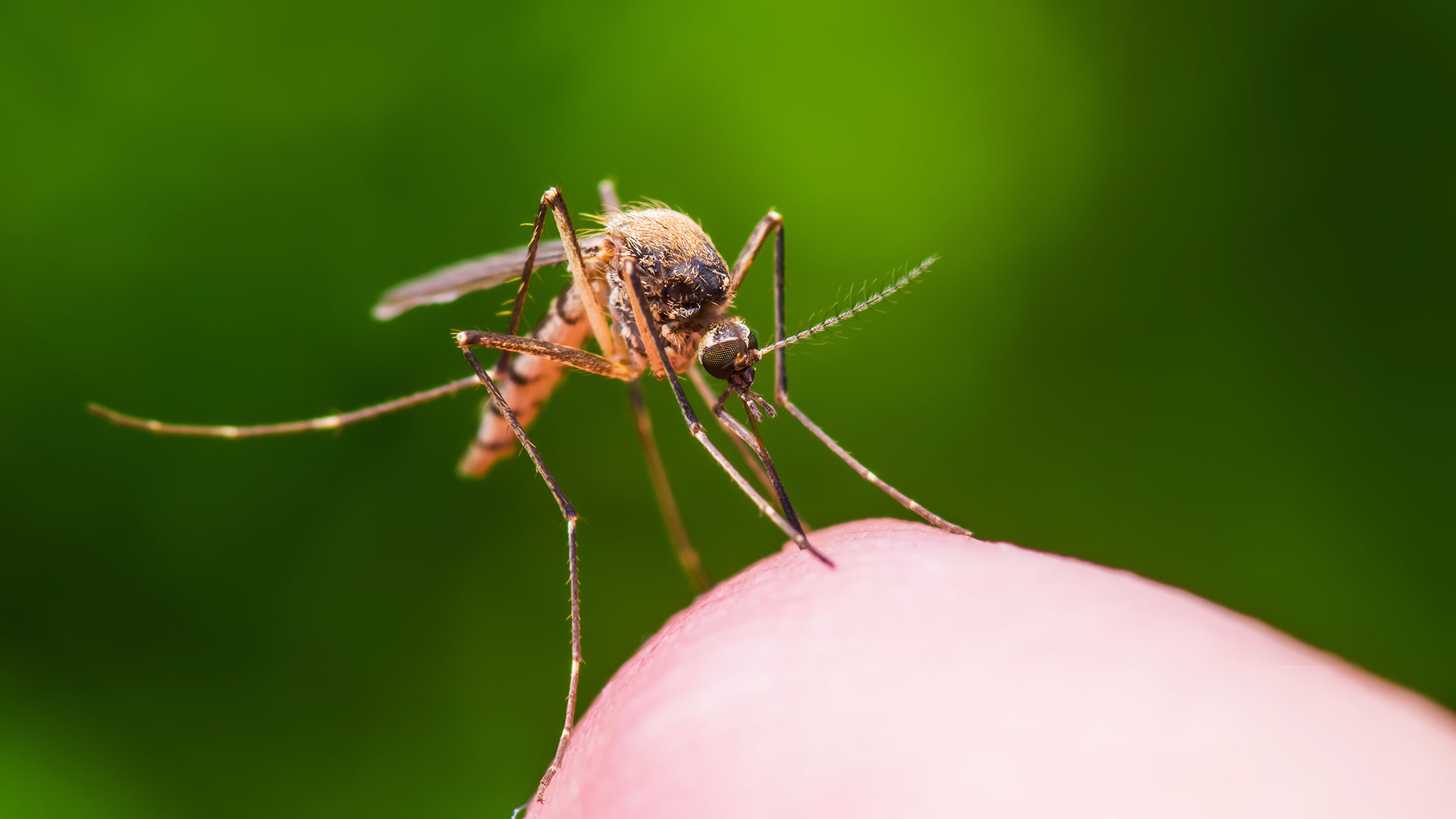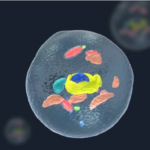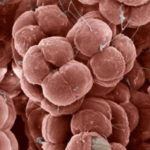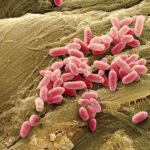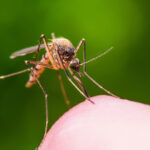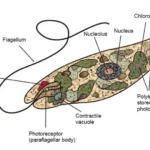Allegation
“One of the biggest dangers of mosquitoes is that they carry HIV. If they suck the blood of someone with AIDS and then sting you, they will infect you with HIV and you will get AIDS.“
Real Risks
There is a non-zero probability of HIV transmission through mosquito bites.
False Risks
The likelihood of HIV transmission due to mosquito bites is so negligible that it can easily be disregarded.
Origin of the Claim
The assertion that mosquitoes can transmit AIDS is a topic that the media has sensationalized for rating purposes, spreading it without waiting for reliable results. A small-scale study in Florida partly attributed the relatively high occurrence of AIDS cases in the region to the abundance of mosquitoes. When this minor study was published, the media immediately seized upon it and began spreading the notion of a link between AIDS and mosquitoes as if it had been known for centuries. However, none of the more comprehensive studies conducted by the U.S. Centers for Disease Control and Prevention (CDC) in response to these claims found any evidence of a connection between mosquitoes and AIDS. The media was left spreading a false story that would sow fear among the public.
Information
Three main mechanisms have been proposed regarding the potential transmission of AIDS by mosquitoes: Firstly, it is based on the premise that HIV, which multiplies in the body of a mosquito that feeds on a person with AIDS, could be transmitted through the mosquito’s saliva during a subsequent bite. Secondly, it suggests that if a mosquito that has fed on an AIDS patient is expelled before completing the feeding process and then lands on another person to resume feeding, there is a possibility of the blood already present in the feeding canal being transferred to the new host. The third mechanism involves a mosquito being disturbed while feeding on an AIDS patient, getting expelled, and then landing on a new and healthy host to feed on their blood. However, in none of the research conducted, could any of these three mechanisms be supported by conclusive evidence. Although mosquitoes are the number one cause of death among humans today, at least in the case of AIDS, they seem to be exonerated.
For a mosquito to be able to transmit a disease from one host to another, the disease-causing agent (virus, bacteria, etc.) must be able to survive inside the mosquito. This is because the digestive enzymes of mosquitoes break down almost all contents of the blood. Various deadly parasites spread by mosquitoes have evolved to overcome these digestive enzymes in order to present themselves as nutrients. For example, the malaria parasite can survive inside a mosquito for 9-12 days, and the encephalitis virus for 10-25 days. Moreover, during this period, these parasites can differentiate within the carrier, passing through different stages of their life cycle. However, research has shown that HIV is clearly broken down within mosquitoes. Because HIV has not undergone an evolutionary process to adapt to mosquitoes (yet), it cannot multiply within mosquitoes, reach their salivary glands, and be transmitted.
The amount of HIV present in the bodies of AIDS patients is not sufficient for a mosquito to transmit it to another host. Although the numbers vary from patient to patient, generally, patients carrying more than 10 units of HIV are rare; in fact, 70-80% of AIDS patients do not have detectable levels of HIV in their blood (because HIV can remain inactive for long periods). Even if an individual’s blood contained 1000 units of HIV, the calculations show that the probability of a single mosquito transmitting a single unit of HIV from one host to another would be 1 in 10 million.
While many people imagine mosquitoes as “flying, diseased syringes,” in comparison to the syringes humans use, mosquito proboscises are terrible at transmitting diseases. This is because the structure of the mosquito’s feeding canal is quite complex; for example, the meal canal and the salivary canal are separate channels. In contrast, the syringes we use have only one opening. When blood is drawn from one body and transferred to another, only one channel is used. When mosquitoes bite, the canal for drawing blood is different from the one usually responsible for transmitting diseases. Therefore, the likelihood of HIV transmission through the syringe route is much higher than through mosquitoes.
